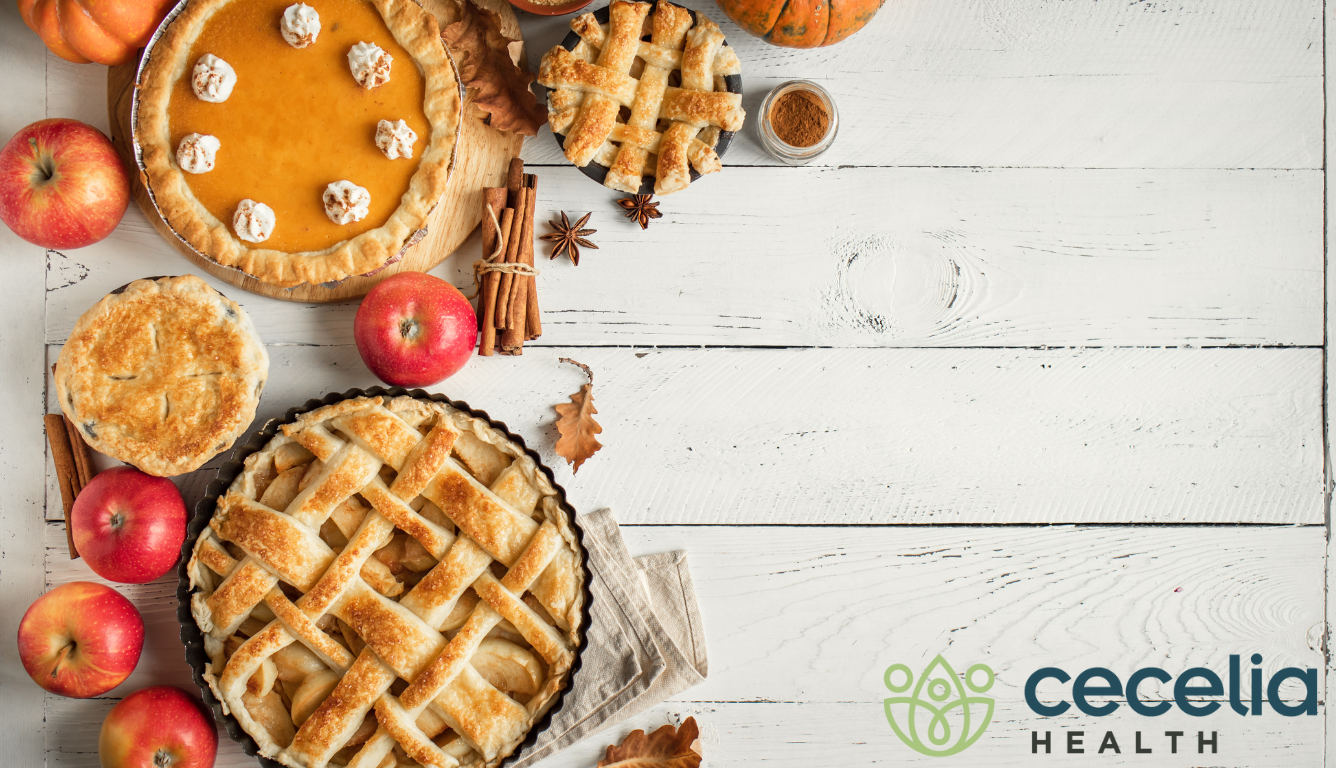The idiom “to be worth one’s salt” means to be efficient or worth one’s pay. Long ago, salt was considered quite valuable, especially as it was the main way of preserving food prior to refrigeration and canning. In our culture today, we tend to have an overabundance of salt in our food. According to the American Heart Association (AHA), “on average, Americans eat more than 3,400 milligrams of sodium each day.” In contrast, the AHA recommends a daily intake of sodium “no more than 2,300 milligrams (mg) a day and moving toward an ideal limit of no more than 1,500 mg per day for most adults.” For individuals with certain health conditions, such as heart and kidney disease, their healthcare providers may recommend even lower sodium guidelines.
Holiday meals often present a challenge to anyone trying to follow a low-sodium diet as traditional holiday meals can contain large amounts of salt. The average Thanksgiving dinner can easily be above 3000 mg of sodium just on its own! Let’s take a look at a few ways to cut back the salt at this year’s holiday table:
- Portion control – The sodium content in holiday dishes varies depending on how they are prepared. On average, a portion of roast turkey contains around 200 mg of sodium, green bean casserole, stuffing and mashed potatoes are around 450 mg, 550 mg and 700 mg per serving respectively. By taking smaller portions, you can, of course, decrease the overall amount of sodium you are consuming.
- Go for the salad – Fresh fruits and vegetables that are not seasoned with salt are naturally lower in sodium content. Try eating more of these types of dishes (such as a fresh, undressed salad) and less foods that you know are higher in sodium. Sauces, dips and dressings can often contain a lot of salt so consider dressing your salad with olive oil and lemon or balsamic vinegar instead.
- It’s a balancing act – When trying to eat “low-sodium”, it can be helpful to remember that the sodium guidelines are daily limits. If you are going to have a special family dinner or plan to dine out where you know the food will be higher in sodium, try balancing it the rest of the day by eating limited salt in your other meals.
- Cook from scratch – Try to cook using fresh whole ingredients whenever possible for your holiday meals this year. Avoid using canned, boxed or items already prepared by the store. This way you will be able to better control the salt quantity.
- Try some low-sodium recipes – Speaking of cooking from scratch, there are so many options of low-salt, low-sodium recipes for your favorite traditional holiday dishes. Click this link for a green bean casserole, a roasted turkey with butternut squash and asparagus, and an apple bread pudding recipe… perfect for this year’s Thanksgiving dinner!
Check out our related article “Smart and Splendid Sides” for more fall recipes to try this holiday season!
